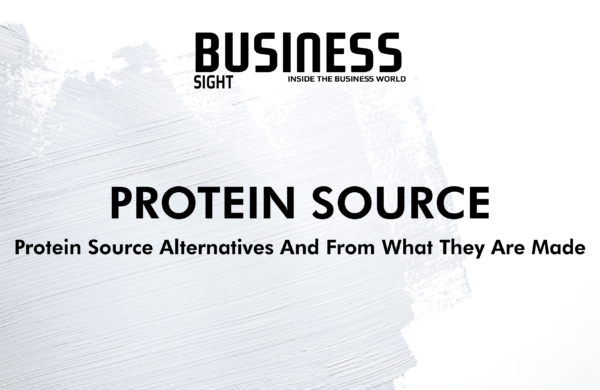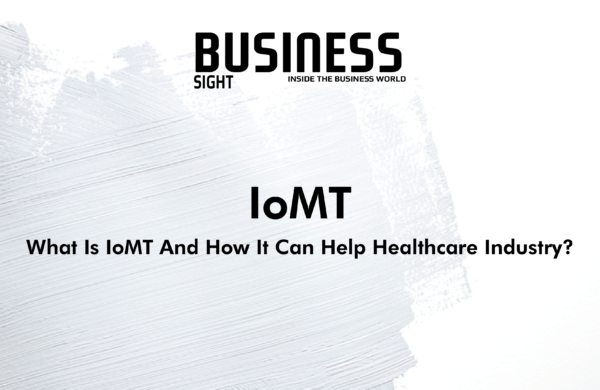The world is currently suffering through a nutrition deficiency. The food grown is laced with chemicals and pesticides which is the prime reason why food loses overall nutrition value. In hindsight, the results experienced are disastrous. The amount these chemicals we intake on a daily basis has led to numerous health-related risks already. The worsening condition of nutrition especially the degraded amount of proteins has led to many alternatives.
There are many theories about how and why these alternatives are good or bad. However, the process of making these protein alternatives remains the same whether it is good or bad for health.
One of the sources is Soybeans. High in protein and therefore a good source to extract the protein from a plant-based. It is heavily used as it is better for the environment and is a viable choice. The powdered supplement can be bought from stores.
Another source is Seaweed, commonly known as Algae. It is increasingly being used to extract protein but the distinct flavor has its ups and downs. Not only high in protein but also many micronutrients that contribute to health are added to the source. The salts especially iodine which contribute to the normal production of thyroid hormones and thyroid function is also high. However, a very concentrated dose of iodine is not advisable.
Insects such as crickets, mealworms, grasshoppers, etc. retain a very high content of protein. Since insects emit fewer greenhouse gases, they are potentially a better option to meat and hence, insect farming is gaining momentum.
Seitan is made from wheat gluten. The protein concentration depends on the quality of wheat and the ingredients used to make seitan. It is said to be a natural food source but since it is made, it can be highly processed which again leads to the use of various additives and preservatives.

















